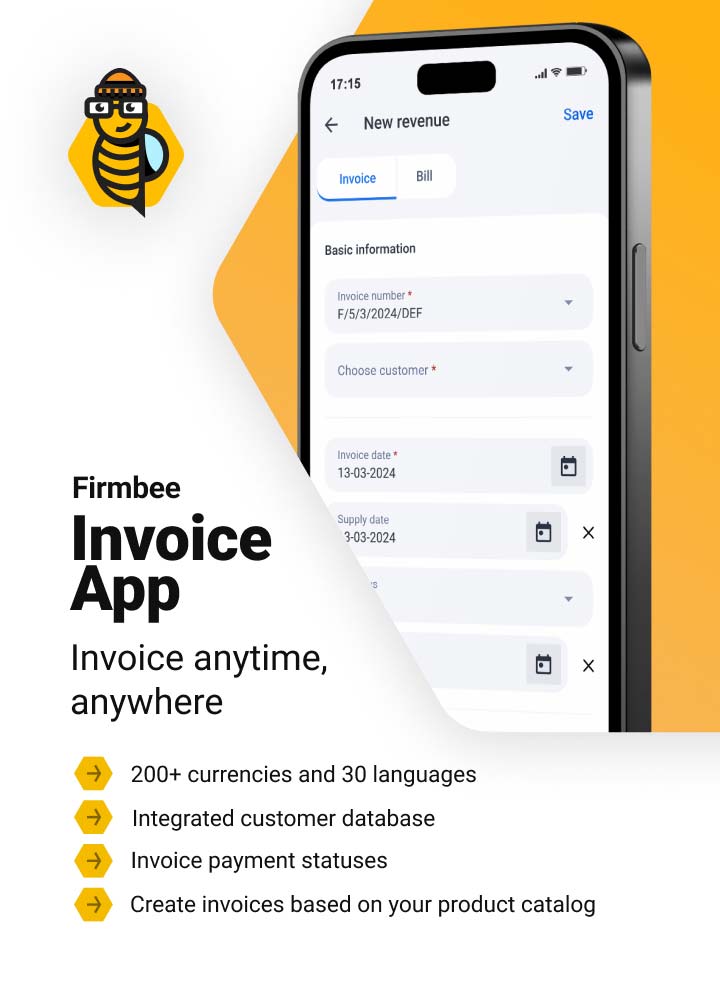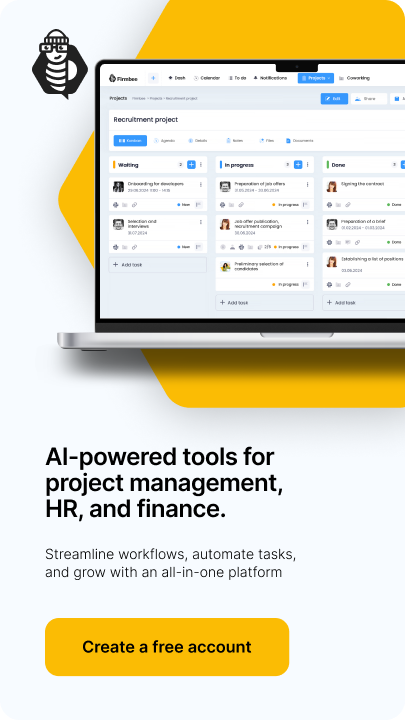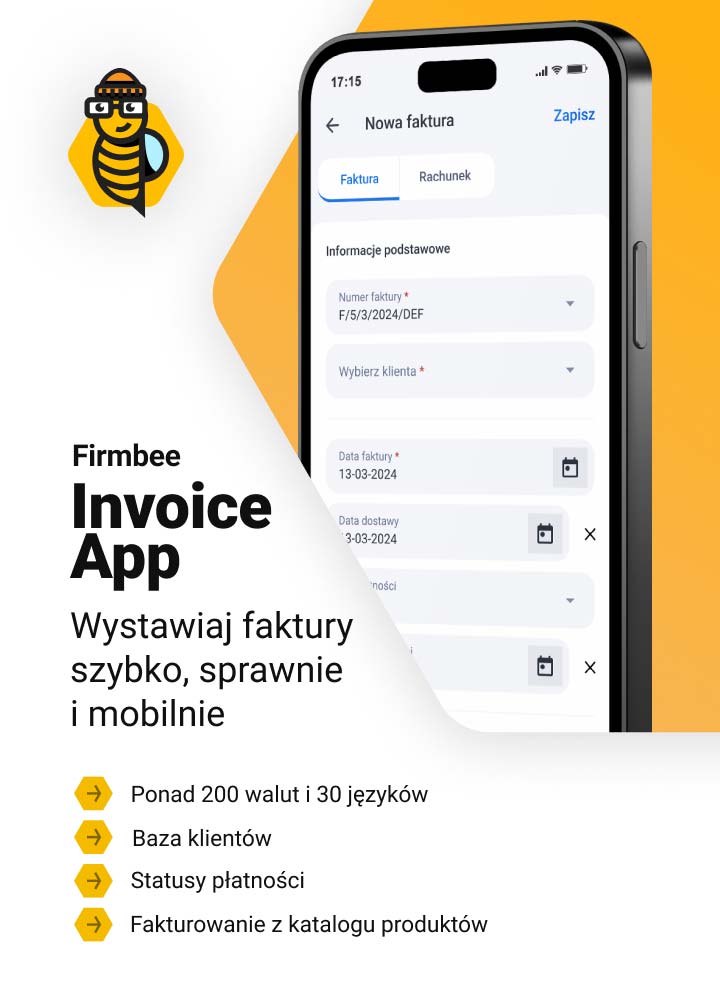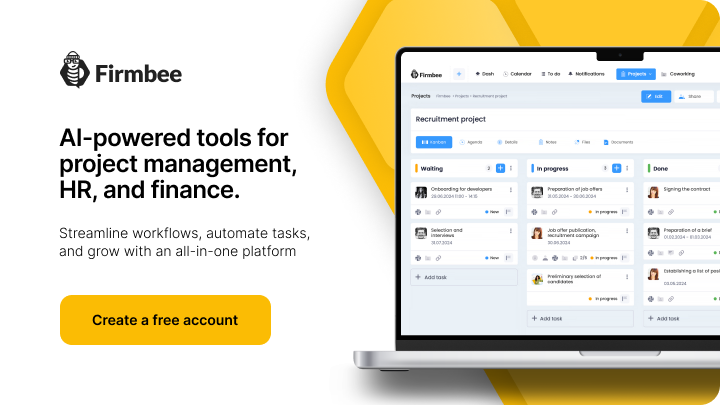How to build an MVP? – table of contents:
Introduction
Building an MVP is the first step that allows companies to test business hypotheses in the market without building a full version of a product. This way, they can understand whether their product will appeal to prospective customers and be profitable. But why is building an MVP so important? The answer is simple – it lets you save time and resources, which can be later allocated to targeted development. This, in turn, is only possible when you already know exactly what you want to achieve.
What is an MVP? MVP vs MMP vs Prototype
Making a distinction between an MVP, a prototype, and an MMP is crucial. Therefore, let’s look at a brief explanation of each of these terms:
- Prototype – a preliminary model of a product that lets you test your concept. A good example could be a mockup of a mobile app created in a design tool.
- MVP, or a minimum viable product – a product with a basic set of features, in other words, the simplest version of the product that lets you validate your assumptions and hypotheses. For example, a simple website that collects email addresses from people interested in the future product.
- MMP, or a minimal marketable product – a version of a product that has enough features to attract customers. For instance, the first version of a smartphone has basic features but lacks some advanced options.
Understanding these concepts will help you focus on what’s really important in the initial phase of product development, and avoid designing advanced features that may not be necessary.
Benefits of building an MVP
The biggest advantage of a minimum viable product is that it lets you quickly test whether your concept is attractive to customers. This way, you can avoid costly mistakes and focus on what really matters. For example, if you’re developing a language learning app, a minimum viable product will help you understand what features users need the most – are these quizzes, video lessons, or perhaps conversations with native speakers? But how to create a minimum viable product that will give early adopters a clear picture of what you want to offer?
Creating an MVP in 5 steps
Building an MVP is a process that requires careful planning. Here are a few steps you should follow:
- Identify the problem – for example, a lack of effective language learning tools.
- Define key features – for example, interactive quizzes and video lessons.
- Build a prototype – create a simple version of the application with basic features.
- Collect feedback – ask users for feedback on your product.
- Iterate and refine – based on their opinions, improve your product until testers stop reporting serious bugs.
Once this process is over, you will have a firm foundation to build your product on.
How to test an MVP?
When testing an MVP, it’s important to use various techniques to get a bigger picture of how your product is perceived by users. Here are some techniques to consider:
- User interviews – let you fully understand how customers use your product, their needs, and expectations. However, this method can be time-consuming, and the results may be highly subjective.
- A/B testing – allows you to compare different versions of your product and understand which features are the most valuable. With A/B testing, it is possible to quickly and objectively compare various elements of the product. It also gives you the opportunity to optimize it based on real data. The main drawback of this method is a limited number of variables, which may not capture the full complexity of user behavior or overall user experience.
- Data analysis – lets you understand how users interact with your product on a great scale. It helps you to identify and analyze trends and patterns but can be difficult to interpret. It is highly risky to draw conclusions from a small sample of participants. Conducting the analysis requires using the right tools and analytical skills.
Using these techniques will help you grasp what aspects of your product are most appealing to users, and allow you to tailor it to their needs.
When to give up on a product?
Not every product concept is worth developing. If, after testing your MVP, it turns out that your product does not meet users’ expectations, you should consider giving up on the idea. Paradoxically, we often learn the most from our failures. However, it is important to thoroughly analyze the results and understand why the product hasn’t been successful. Possible reasons could include a mismatch between the product and user needs, ineffective marketing or communication strategies, strong competition, or simply a lack of market demand.

Summary
A Minimum Viable Product (MVP) is the minimal version of a working product. It lets you quickly:
- Verify assumptions,
- Understand user needs, and
- Adapt the product to meet those needs.
It’s important to remember that creating an MVP is just the beginning. You also need to listen to your users and adapt the product to their needs. Don’t be afraid to experiment at this stage. Later, the trial-and-error method can be costly and challenging to implement. Through continuous effort, feedback collection, and product improvement, you engage in an ongoing, dynamic process of balancing various market factors.
If you like our content, join our busy bees community on Facebook, Twitter, LinkedIn, Instagram, YouTube, Pinterest, TikTok.
Author: Andy Nichols
A problem solver with 5 different degrees and endless reserves of motivation. This makes him a perfect Business Owner & Manager. When searching for employees and partners, openness and curiosity of the world are qualities he values the most.
Product management:
- Intro to product management
- What is the role of a product manager?
- Why is product lifecycle management important?
- How to build an efficient product strategy?
- OKRs vs SMART goals. Which framework drives better results?
- How to define a value proposition?
- Identifying customer needs and market segmentation
- Crafting a winning product concept. Techniques and steps
- Gaining an edge with an effective product roadmap
- Prototyping your digital product
- How to build an MVP?
- MVP vs MMP vs MMF. Key milestones in product development
- Mastering hypothesis testing
- Proven methods for improving product quality management
- Strategies and tactics for a successful product launch
- Driving profitability through product optimization
- Measuring product success
- How to price a product? The most popular pricing strategies
- The future of product design. Top trends and predictions
- When to retire a product? Key factors influencing EOL decisions
- Agile in product management
- Scrum and Kanban in product management.
- What is lean product management?
- Jobs to be Done. Creating products that customers truly need
- What is growth hacking?
- What is data-driven product management?
- A/B testing in product management
- Useful product management templates. Where to find them?
- Strategyzer tools in product management
- 5 useful product management tools
- How to create and manage product documentation?
- 6 essential tools for product managers
- How to use AI in product management


















